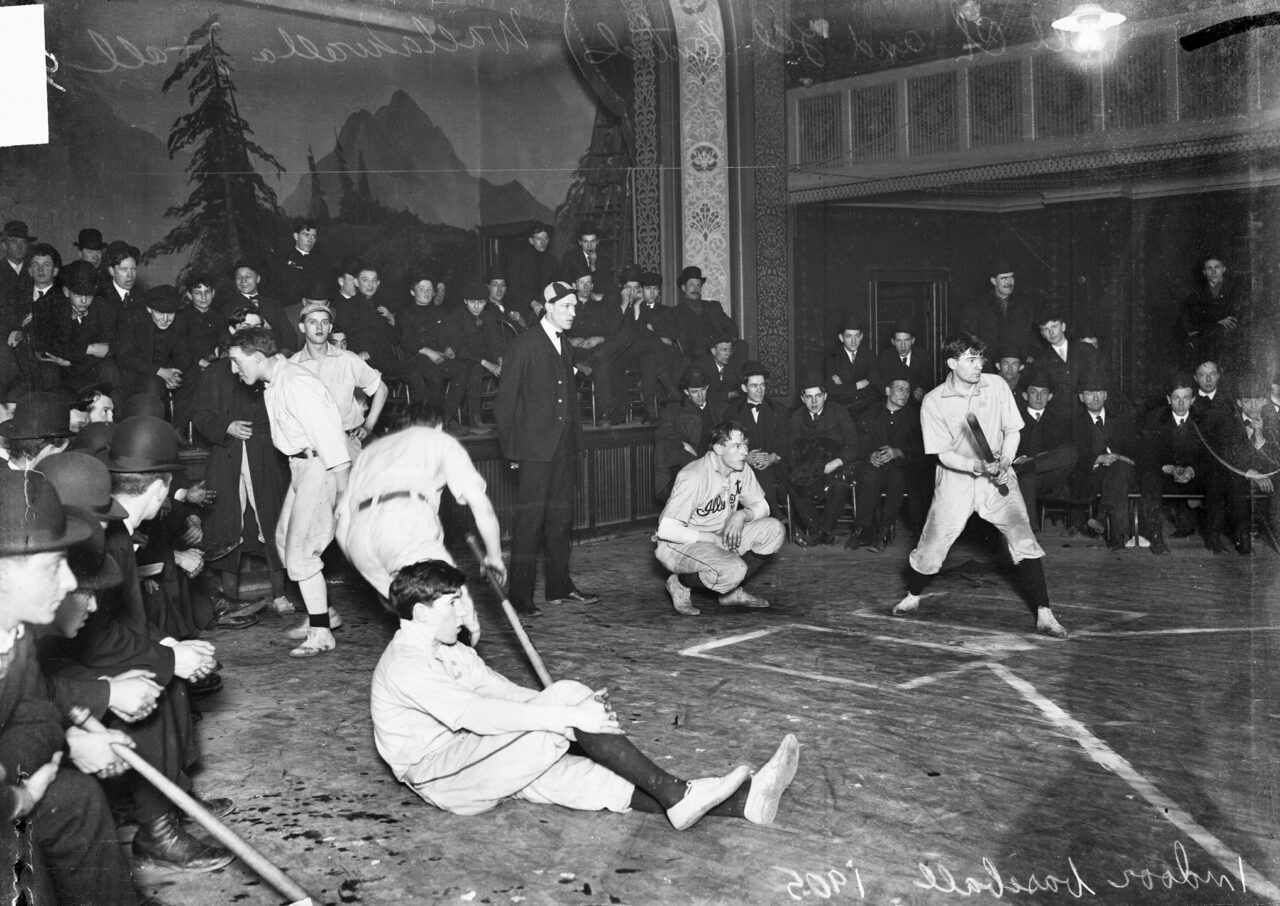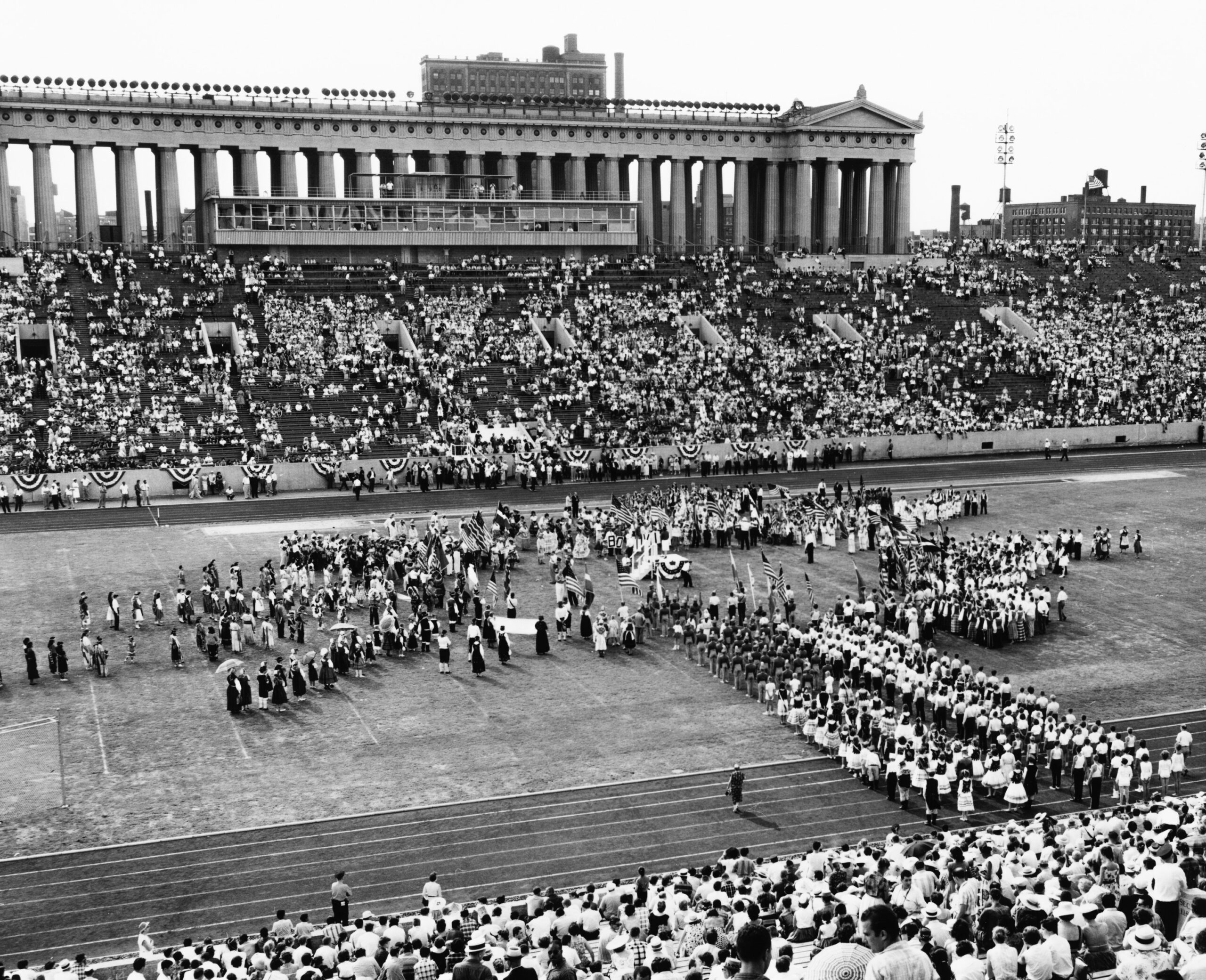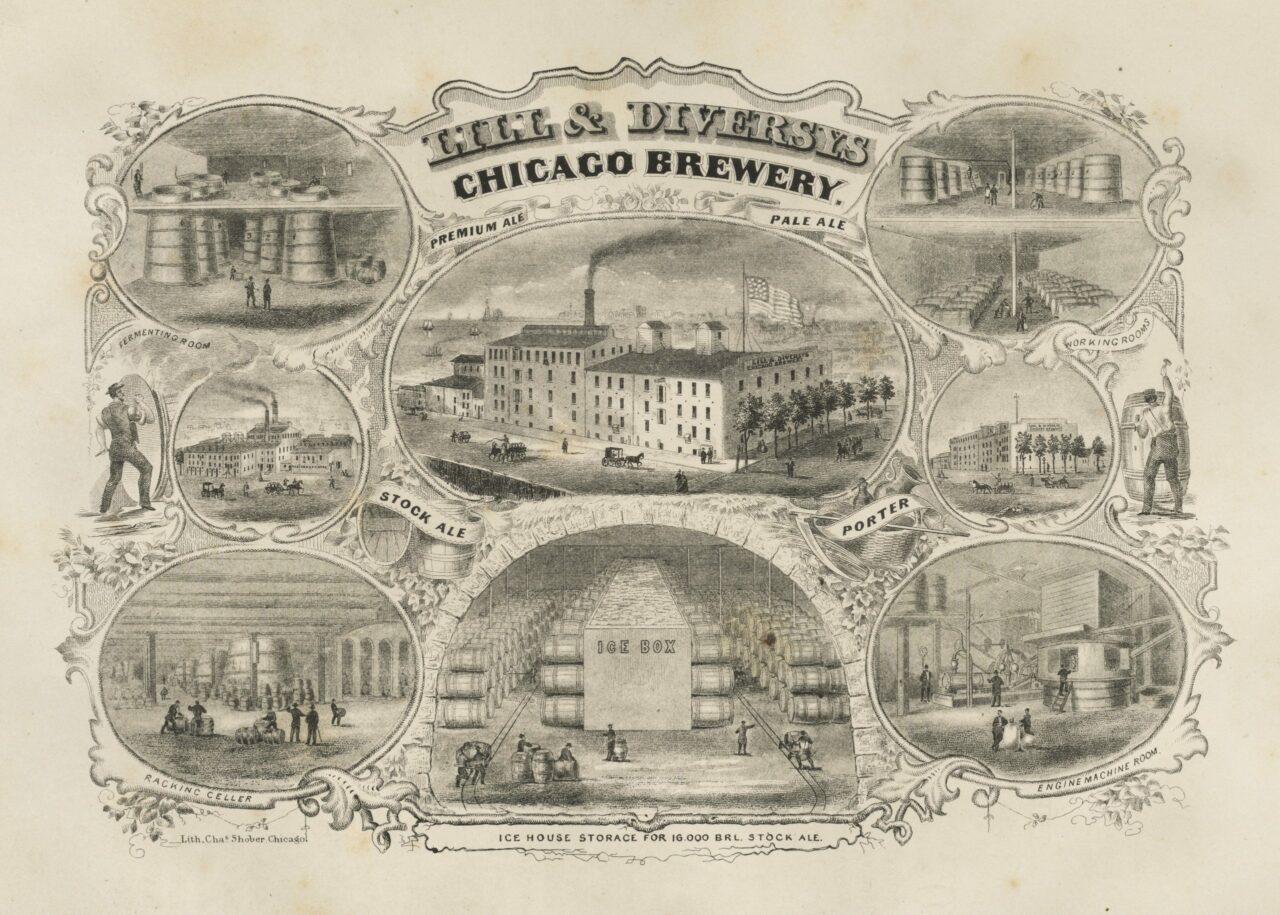In 2021, gymnastics was the most viewed summer Olympic sport by US audiences (Source: Statista), and chances are if you’re reading this, you’ve done a summersault or two at some point in gym class. But how did this sport first gain prominence in the United States?
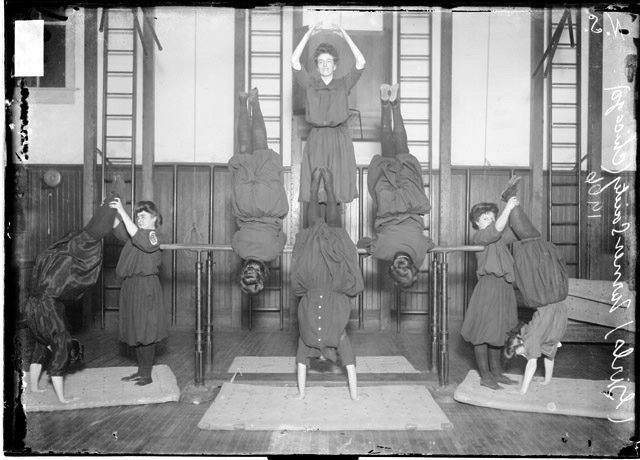
In 1811, centuries after the ancient Greeks coined the term gymnastikē, which is derived from gymnazo (nude physical training), a soldier named Friedrich Ludwig Jahn created an open Turnplatz (field) in Berlin, Prussia, where clothed young men could exercise on rudimentary gymnastics equipment in the hopes that they might not suffer the same defeat the Prussian army did at the hands of Napoleon. Later known as the “Father of Gymnastics,” Jahn invented much of the equipment central to the modern sport: parallel and horizontal bars, pommel horse, rings, and balance beam.
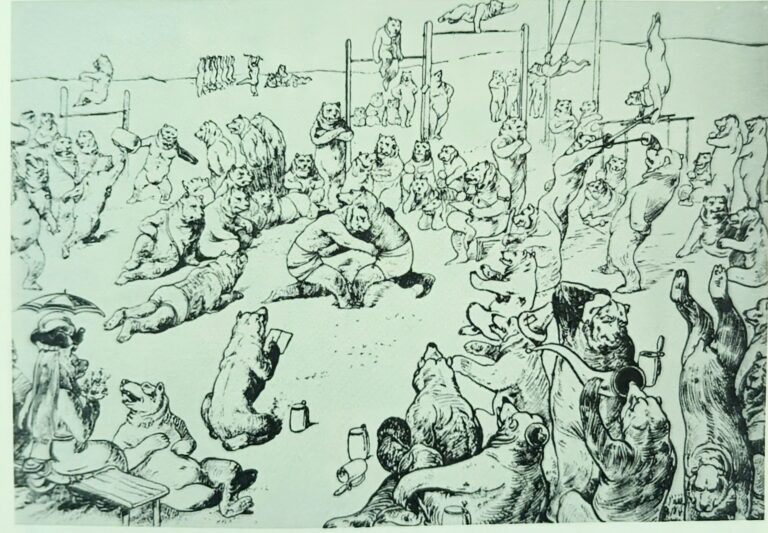
Practitioners of Jahn’s techniques formed nationalist groups known as a Turnverein (gymnastics association) and called themselves “Turners.” These Turners were active participants in many of the German uprisings of 1848 and 1849, and when these revolutions failed, “48-ers,” or liberal-minded defectors from the German Confederation immigrated to the United States throughout the 1850s where they continued to form Turnverein wherever large populations of Germans settled.
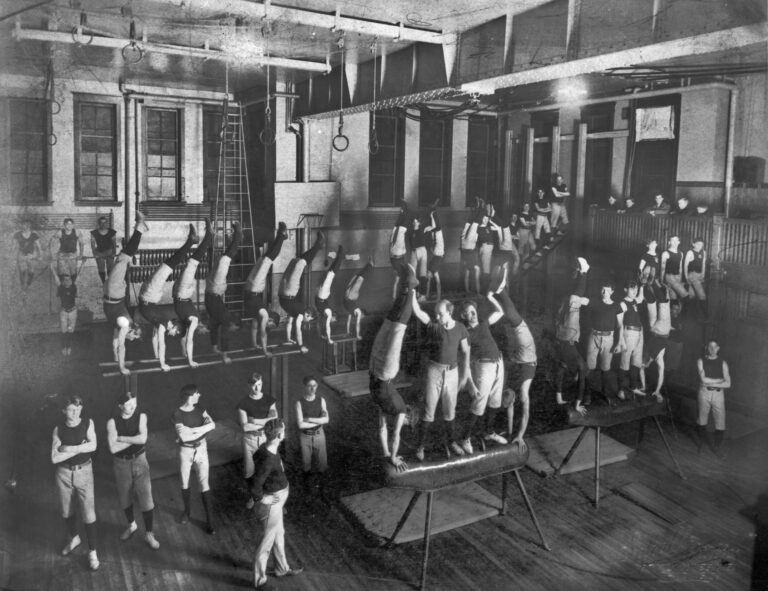
By 1906, there were 24 different independent Turner organizations in Chicago, all sharing a dedication to incorporating physical education into school curriculums and creating ample opportunities for exercise in their own community centers, or Turnhalles (Turner Halls). In addition to gymnastics classes, the Turnverein organized sports league opportunities for young and old, from fencing and wrestling to basketball and indoor baseball, as well as offering outdoor excursions and summer family camps outside the city. Classes were typically divided by age and gender (there were even gymnastics classes targeted at businessmen), and women were allowed a greater degree of participation in gymnastics and sports classes from the 1880s onward.
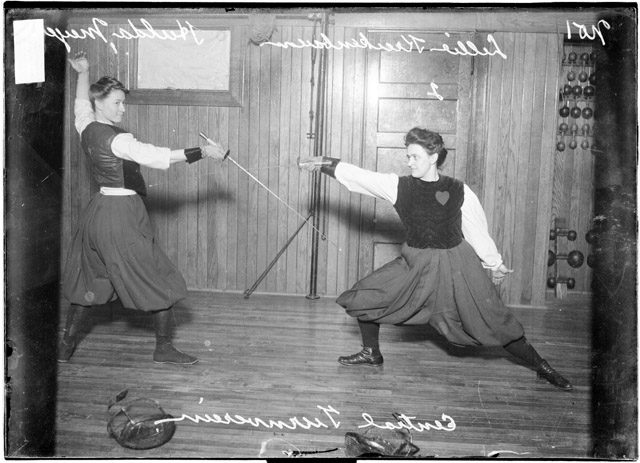
Beyond athletics, Turner Halls hosted practice sessions for drama groups, musical instrument corps, and choirs, that would perform at various pageants and Turnfests (gymnastics festivals) throughout the year. These halls also served as spaces for social gatherings for the public and members alike, ranging from dances to union meetings. Most Turner Halls also had at least one bar or biergarten!
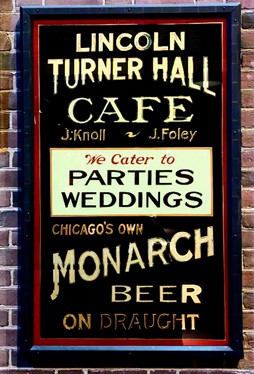
Many Turnvereins also held socialist ideals, underscored by a 1919 program from the Turnverein Lincoln, or Lincoln Turners, declaring “A Turner is a—man—or woman—of liberal and harmonious education of body and mind—a believer in life and its beauty and its perpetuation ever nobler and inspiring ideals. Should be cheerful, happy, sympathetic, charitable, tolerant, striving for the truth and justice, and for promoting the social and economic condition of all” (Source: MSS Lot Lincoln Turners Box 3, Souvenir Program for the Grand Colonial Fair and Bazaar, 1919)
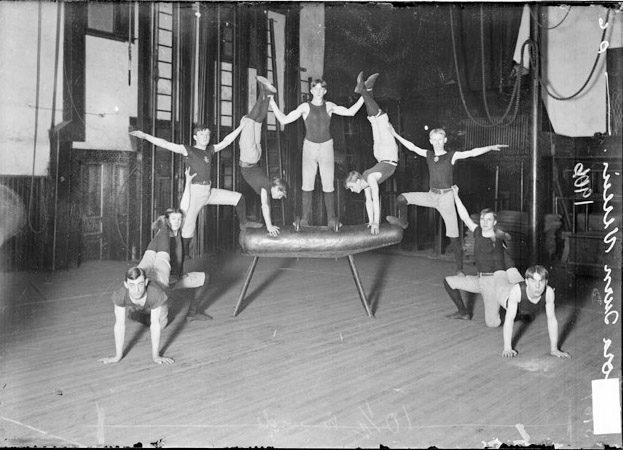
The Chicago-based Turn Verein Vorwaerts (Forward Turners) established a hall on Meagher Street near Canal Street, and their original rules and restrictions for this hall convey the mixture of strict discipline, solidarity, and fun for which the Turners stood:
- No Turners allowed to relax during classes.
- All class members must partake in all physical activities, meets and other competition.
- Turners must serve as bartenders and waiters at all functions.
- Turners must attend the funerals of all fellow Turners.
- Playing cards in the Turner Hall on Sunday is strictly forbidden.
- Failure to abide by rules and regulations immediately punished by fines and disciplinary action.
- Repeat offenders expelled.
(Source: History of the Turnverein Vorwaerts by William R. Meyer, p. 4)
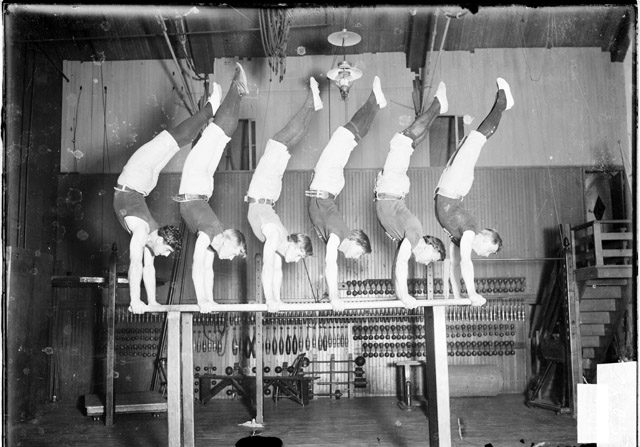
Turners frequently touted that their gymnastics training made them especially prepared for military service, and many served in the US army during the Civil War and both World Wars. In a 1919 extract from the Chicago Daily News, Commanding Officer Neuendorf observed that in his experience, “a military education as preparation for future military service is not desirable…a skilled ‘turner,’ an ambitious athlete, a man who takes long tramps, can grasp the specialized part of military training with ease” (Source: MSS Lot Lincoln Turners Box 3, Souvenir Program for the Grand Colonial Fair and Bazaar, 1919).
It turned out that gymnastics training also led Turners to become strong competitive gymnasts, and in 1985, one of the Chicago-based Turnverein, the Lincoln Turners, proudly noted that since women’s gymnastics was introduced at the Olympics in 1928, five women from their organization had represented the United States at the competition! Though memberships declined throughout the 20th century, the Turners played a critical role not only in establishing a vast network of German community centers, but also in helping popularize the modern form of gymnastics that continues to enthrall us today.
For further reading:
- Records of the Lincoln Turners, ca. 1885-1994.
- William R. Meyer, History of the Turnverein Vorwaerts : Forward Turners of Chicago, Illinois July 24, 1867 – February 12, 1956
- Turnvereins, The Encyclopedia of Chicago
- Learn more about one of Chicago’s surviving Turner Halls, the Turner Vorwaerts Hall here.
